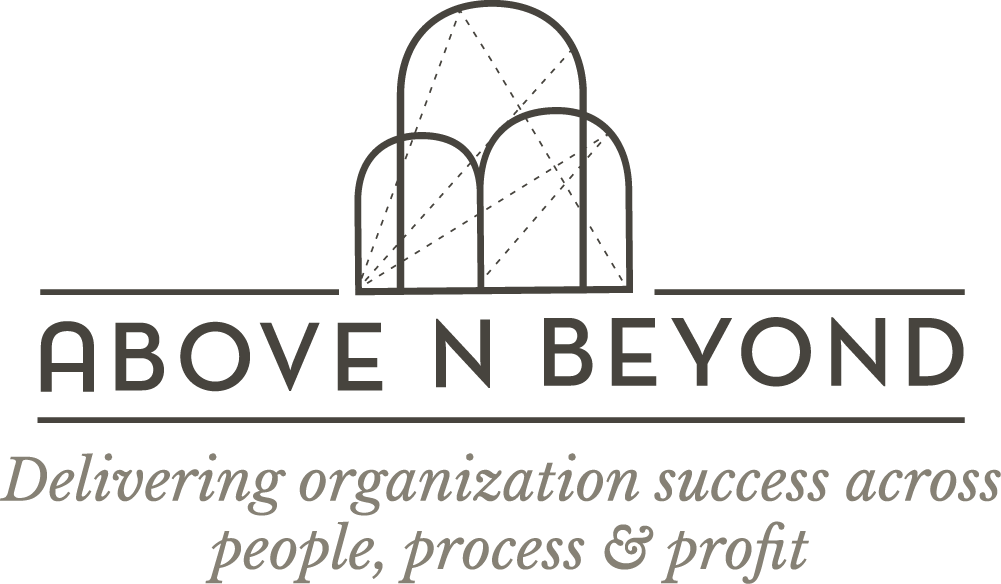
Account Centricity Part 2: Grab That Cup of T!
The one-stop-shop began as a brick-and-mortar ideal. It grew to become a conceptual vision. One-stop is the promise of convenience, efficiency, and completeness. It is about bringing value-add to one’s customers by connecting the myriad dots underlying a central business need. This is essentially the basis for the call to account centricity: the ability to place the client’s holistic business needs at the center of our business strategy rather than being led by our current capabilities. It then follows – as it often does – to ask what implications such a promise might have for the individuals expected to drive this one-stop-shop experience for the client, i.e., for the organisational leadership group? Here’s an expanded take on the “T-shape” thinker and doer who came roaring to life in the 1980s and ‘90s.
The classic T-shape relates to the notion of having an area of deep expertise (the vertical arm of the T), with enough awareness and knowledge about other business areas to connect the dots and collaborate effectively (the horizontal arm of the T). This collaboration is expected to result in either internal workflow efficiency wins and/or external business development wins. The latter, the business outcome, is a cornerstone to the success of account centricity. Field observation supports the fact that the achievement of account centricity can often be impaired by several limiting beliefs held by those in leadership positions.

The common theme to overturning these beliefs is the notion of diversification. Are we diversifying our knowledge base? Are we diversifying our skill set? Are we diversifying our offerings? Are we expanding our horizons from siloed thinking to an integrated go-to-market model? These are classic T-shape queries! Put another way, think of the organisation as a hand where each functional discipline is an individual finger, attempting to catch grains of pouring sand. The limiting beliefs keep the fingers splayed and separated, allowing the capture of a modest amount of sand. Activating the shared horizontal of the fingers and working them together creates a cup that maximises sand capture.
The Simplicity of Initiating T Time!
Even in the hand metaphor, the “how do we start?” remains elusive. Typically, T-shape talk is evoked in townhalls and development charters to push for a shift towards being multidisciplinary. That makes perfect sense. To maximise the achievement of the cold, hard business KPIs, leaders must develop a form of functional multilingualism. This is a knowledge-acquiring skill that would afford a leader the ability to translate how the dots connect for a client and thus widen the home team’s business opportunity. How functional multilingualism starts, however, is remarkable in its simplicity. The leader must simply acquire three puzzle pieces: i) what another function does, ii) what are the key widgets offered, and iii) a sample of success stories. It is plain to see that being able to talk to clients intelligently about all functions across the horizontal landscape of offerings with reasonable authority places the leader in a position to see-and-seize business opportunities where others may not.
The Missing T
The knowledge and skill imperative of the T-shape is clear. That said, another dimension is often missed in popular T-shape discourse: the mindset imperative. Gathering knowledge is an outward action. If that were all there is to initiating T-leadership, why does it not “just happen”? As with any seemingly obvious construct, the devil is in the detail of its application and practice. What we do know is that leadership limitations ultimately operate at the belief or mindset level.

At the end of the day, all other business outcomes being equal, what differentiates a leader is their approach to solving for X. Therefore, the T-shape applies as much to the mindset context: relying on tried-and-tested approaches that are rooted in deep experience over time (the vertical arm) while being actively open to absorbing emerging iterations and disruptions that evolve outside our comfort zones (the horizontal arm). Absorption requires openness. It more quickly follows the mind that continuously checks assumptions and questions the status quo. Leaders with a T-shaped mindset are more likely to act on the T-shaped knowledge and skill imperative.
Not My Cup of T?
An organisation that wants to succeed in the pursuit of account centricity is well advised to nurture the T-mindset in addition to its efforts in building skills and knowledge. It is time to recognise that the “T” formation spirit applies to both doing and being.

If it’s account centricity you seek, it’s time to expand the palate. Grab that cup of T while it’s hot!
